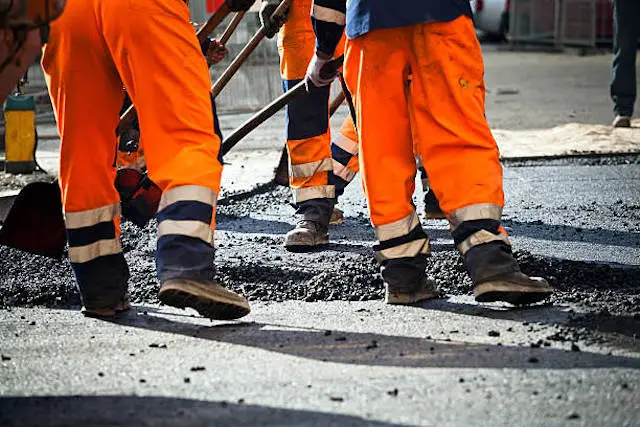Repair works on a section of Meru-Nanyuki road in Kenya are on schedule and the construction works are expected to be completed in 18 months. According to the project’s resident engineer Sheikh Takoy, Kenya National Highways Authority (KeNHA) started repairs on the 26km section between the Isolo-Meru junction and Meru town in November last year and the works are on track.
“The section at Makutano that has sparked protest is only 300 metres and we appeal to residents to bear with us. There is more traffic on this section, the reason it is taking a little longer,” said Mr Takoy in response to the recent demonstrations held by area residents on two occasions, protesting the pace of the project.
He further added that this section on the Meru-Nanyuki road was also badly damaged and they had to excavate the road and fill it up with rocks to ensure it is stable. “Soon we will complete this section,” he said.
According to Mr Takoy, KeNHA had also embarked on a reconstruction of the 21km Ruiri-Meru road that links with the Maua-Meru road, providing a convenient and shorter route between Meru and Isiolo airport. “The current road is completely tattered and needs reconstruction and after completion, it will open up the area. It is also the shortest route to Isiolo airport from Meru town,” he said.
Also Read: Rehabilitation of roads in Matabeleland South, Zimbabwe intensify
Completion of road projects
The government recently announced that it is set to fast track construction of road projects in Central Kenya including the Kenol-Makutano-Sagana-Marua highway. This is after the government revised the completion dates of the road projects. According to Transport Cabinet Secretary James Macharia, some of the major government projects which include dualing of the 84km Kenol-Makutano (Mwea)-Sagana-Marua highway at US $273.2m will be completed by June next year.


Thank you for your observations. We will take them into consideration
Kindly avoid these statements of ‘this year’ and ‘next year.’ Leave that to us readers to decipher. Instead state the actual year 2021, 2022 etc. This will reduce a lot of confusion in most of your articles. I have come across it so many of your articles and it has left me more confused when I get to that point; I have to pose and start figuring out when the article was written for me to understand what ‘next year’ or ‘last year’ actually means. New readers of your article, in 2022 (in a few weeks time), will be left even more confused when they stumble on your articles.